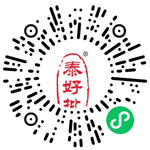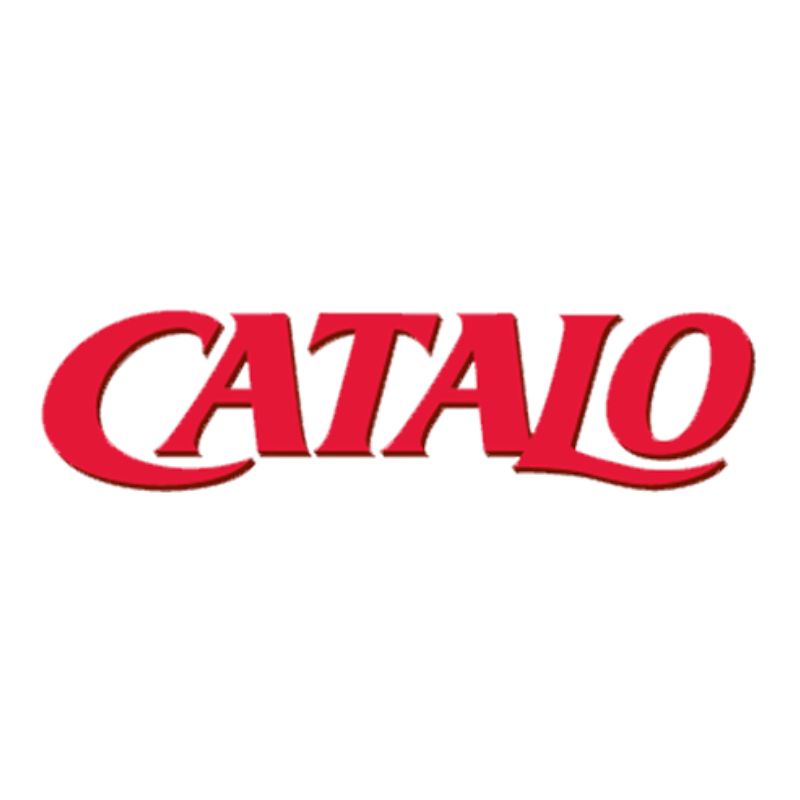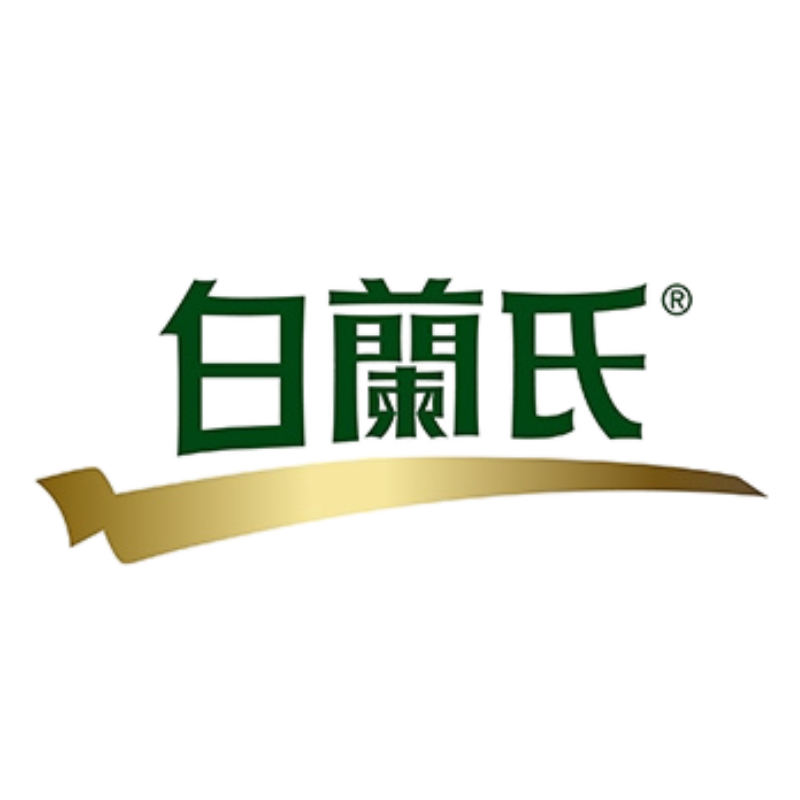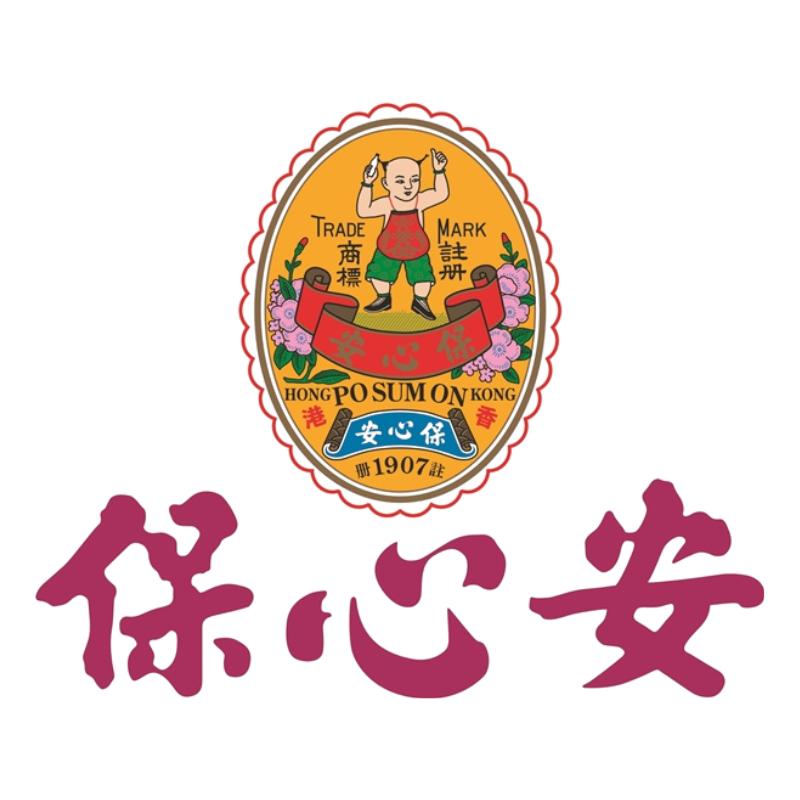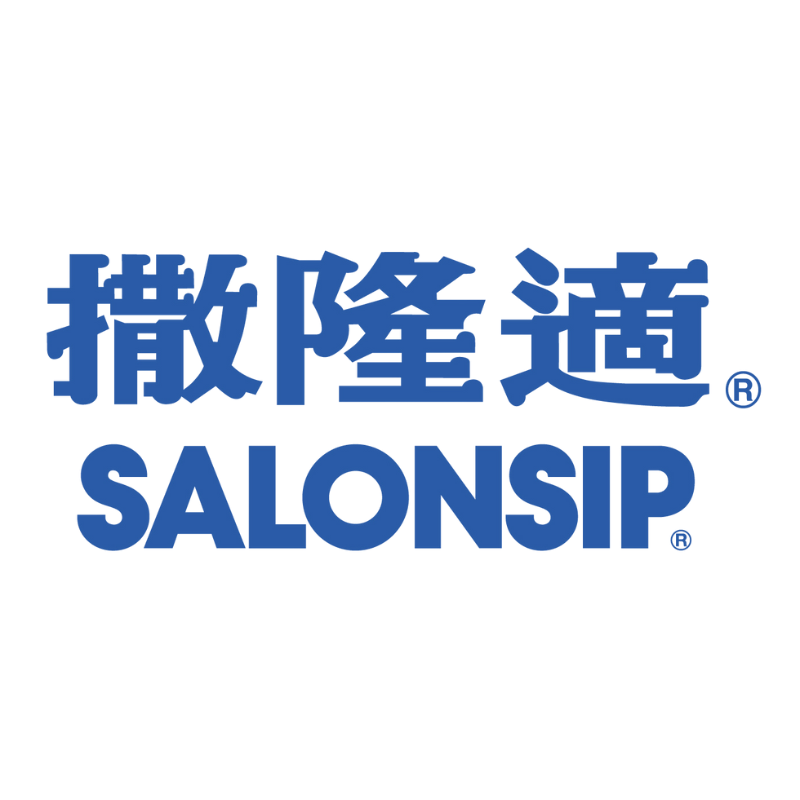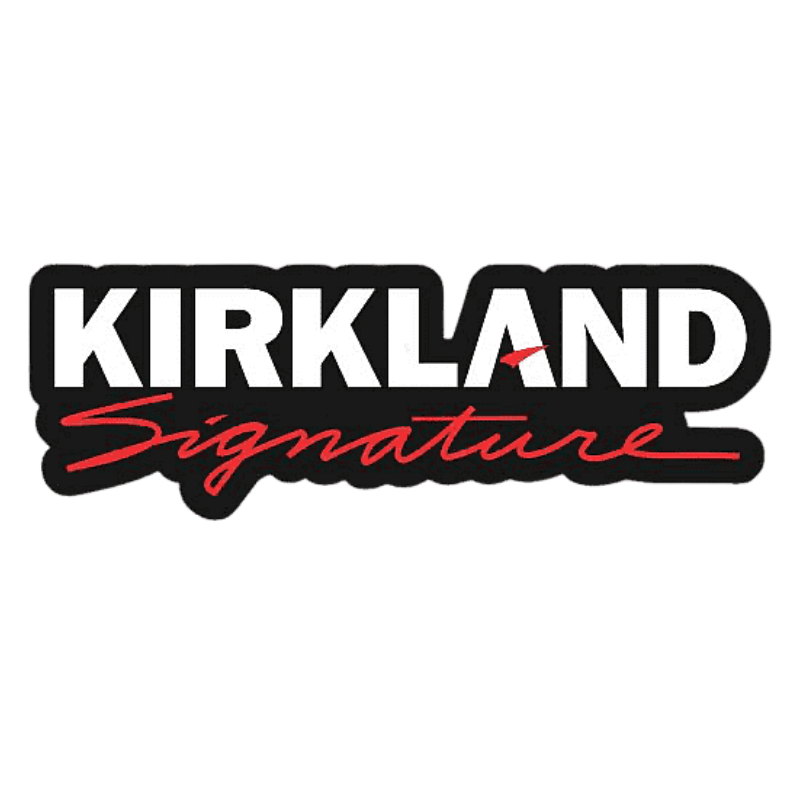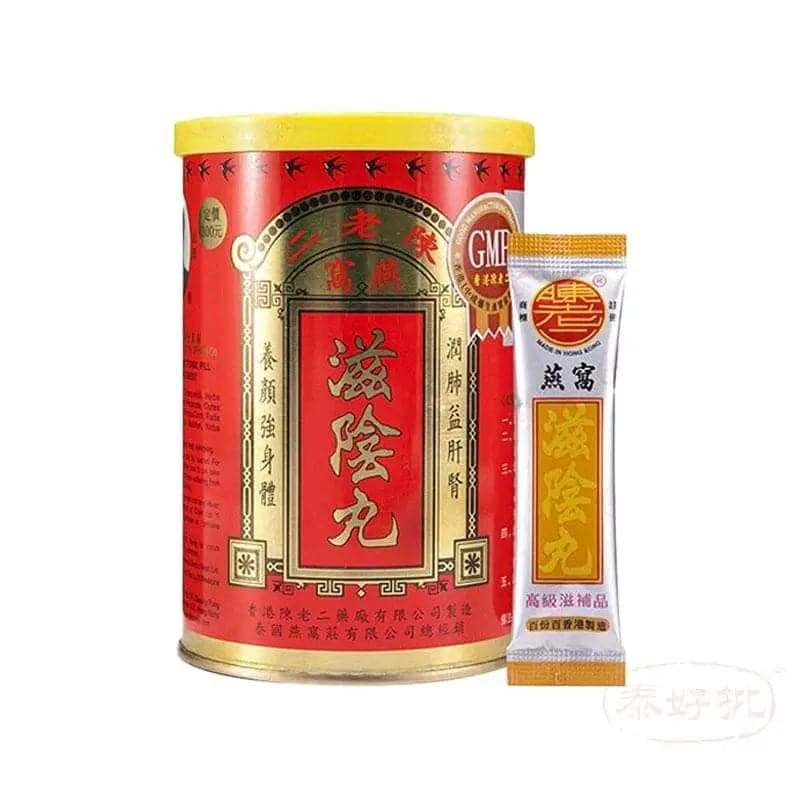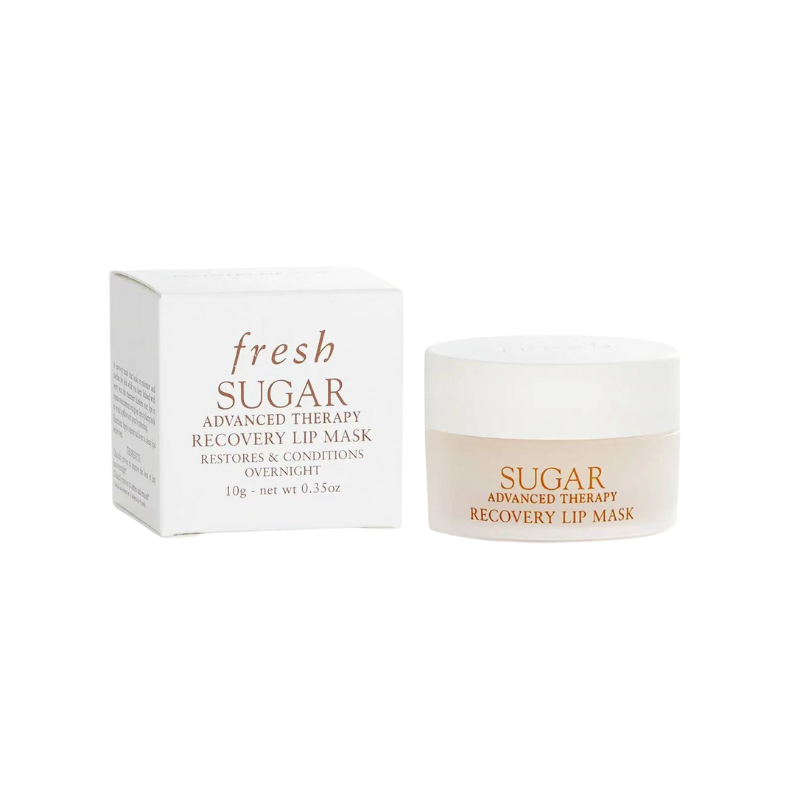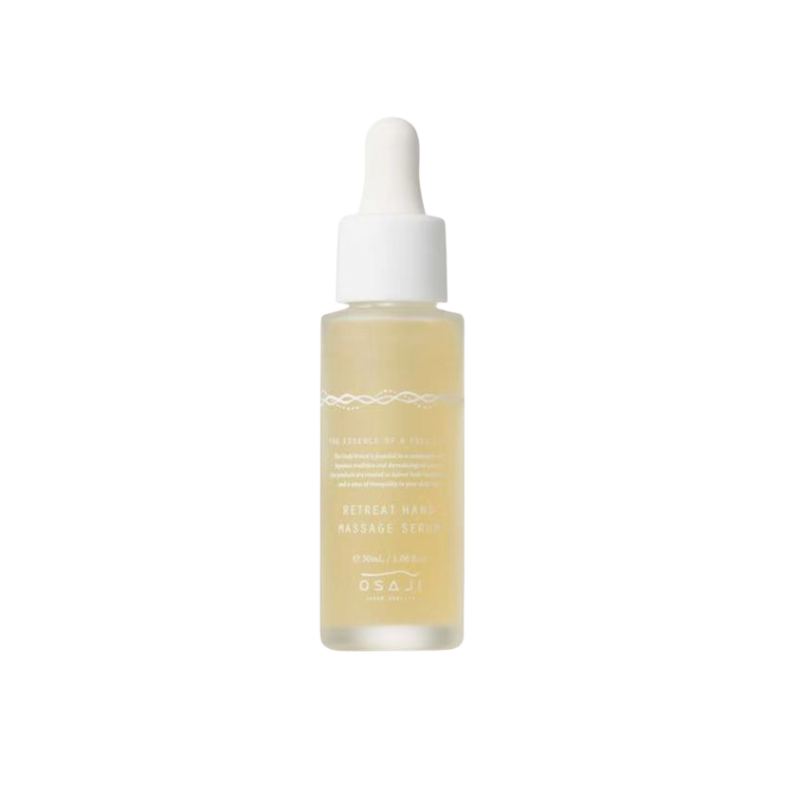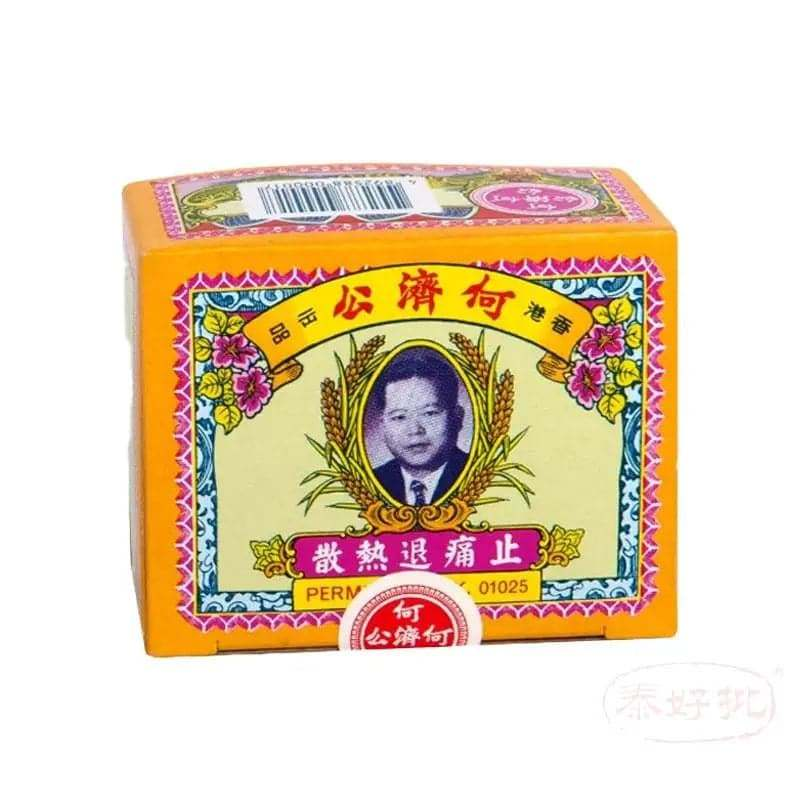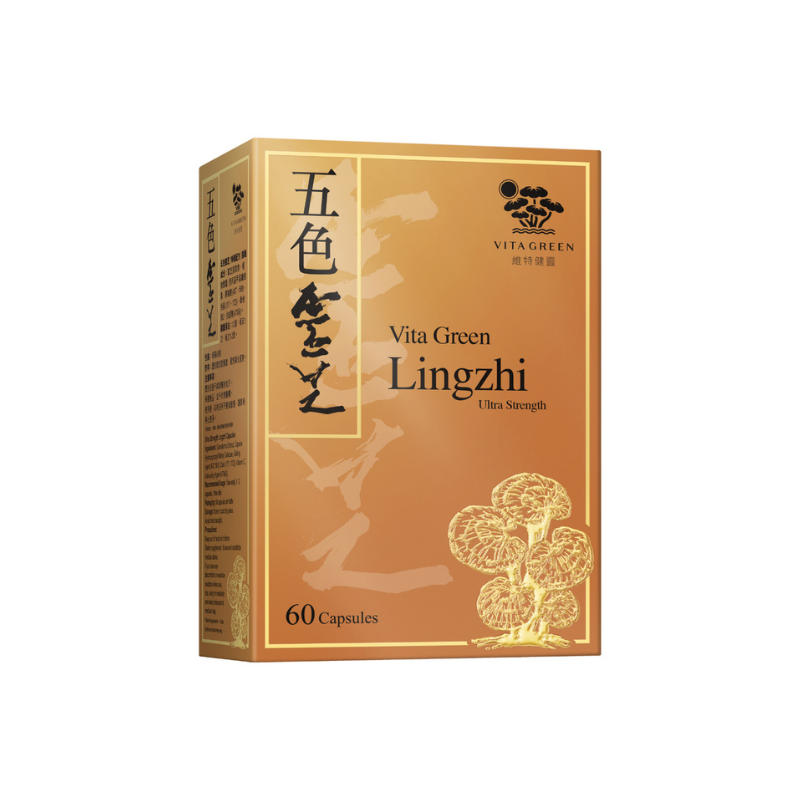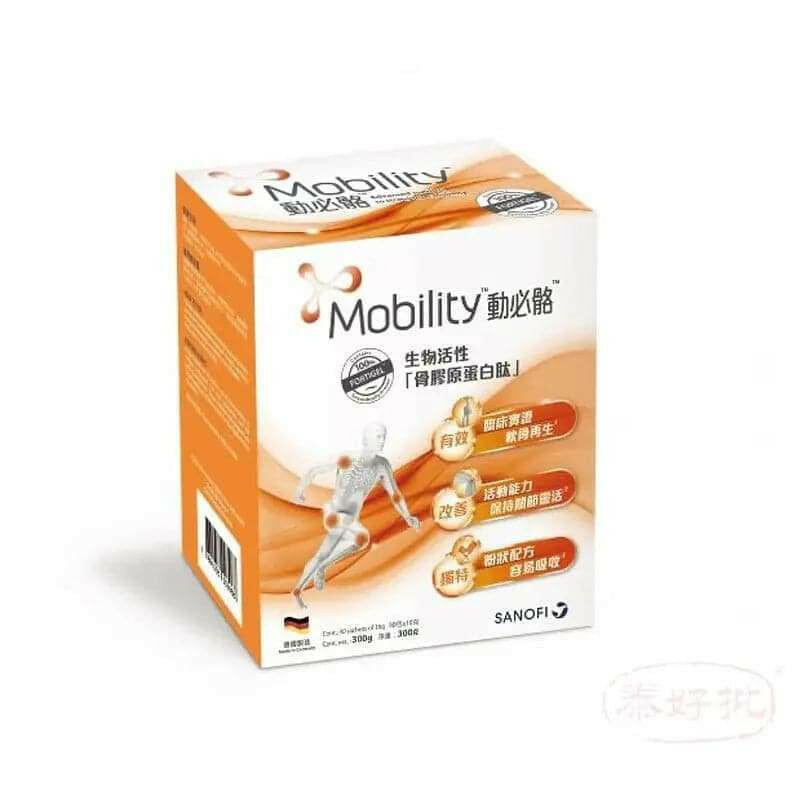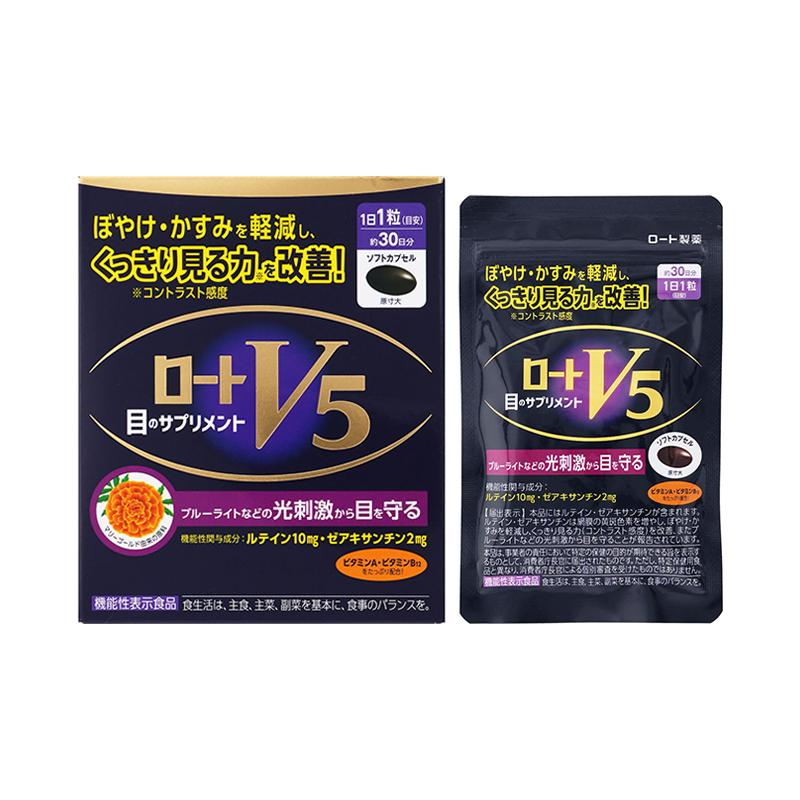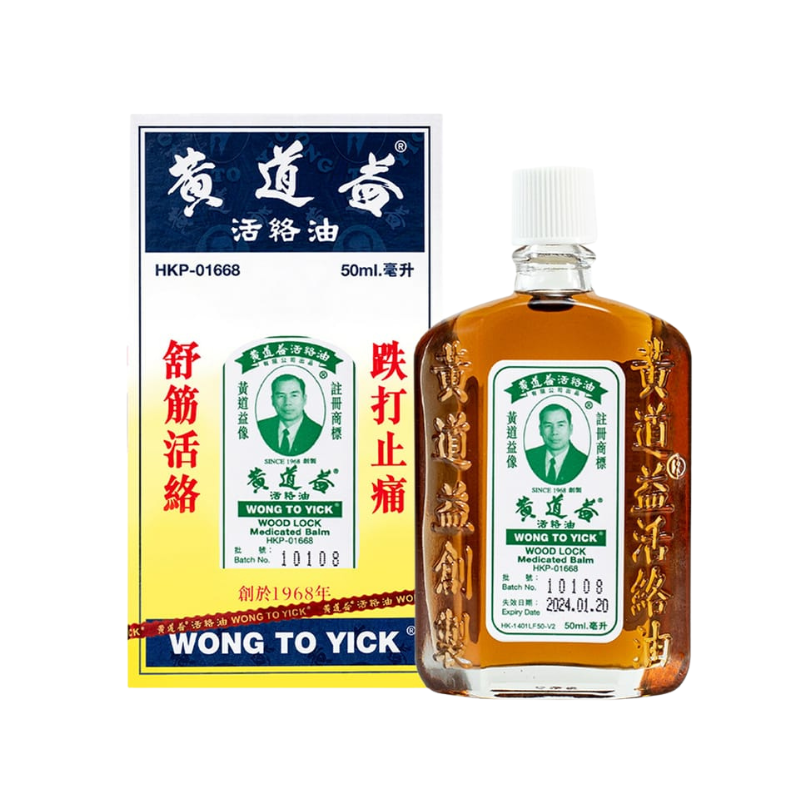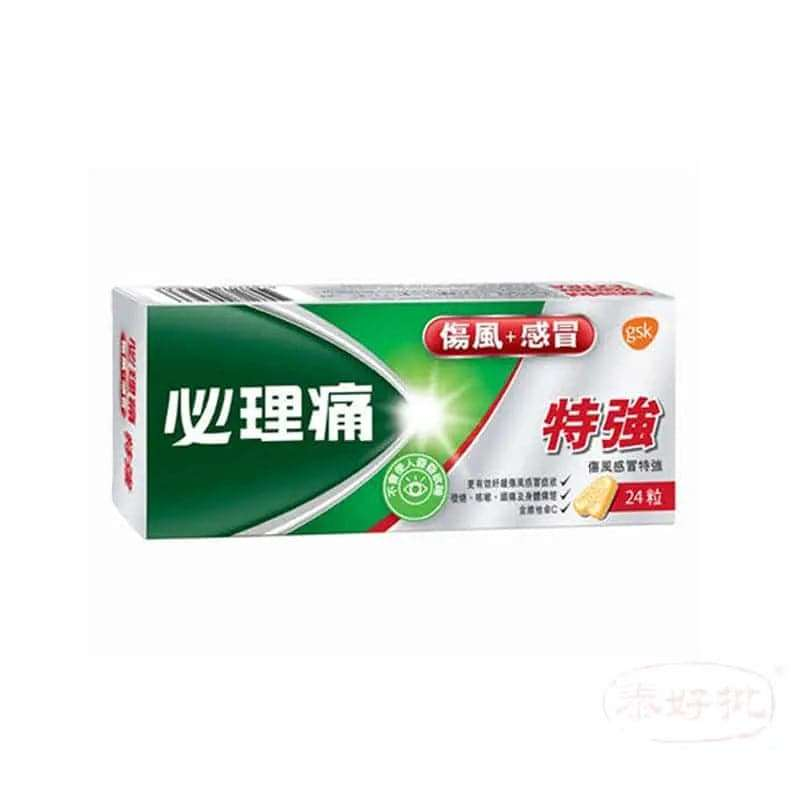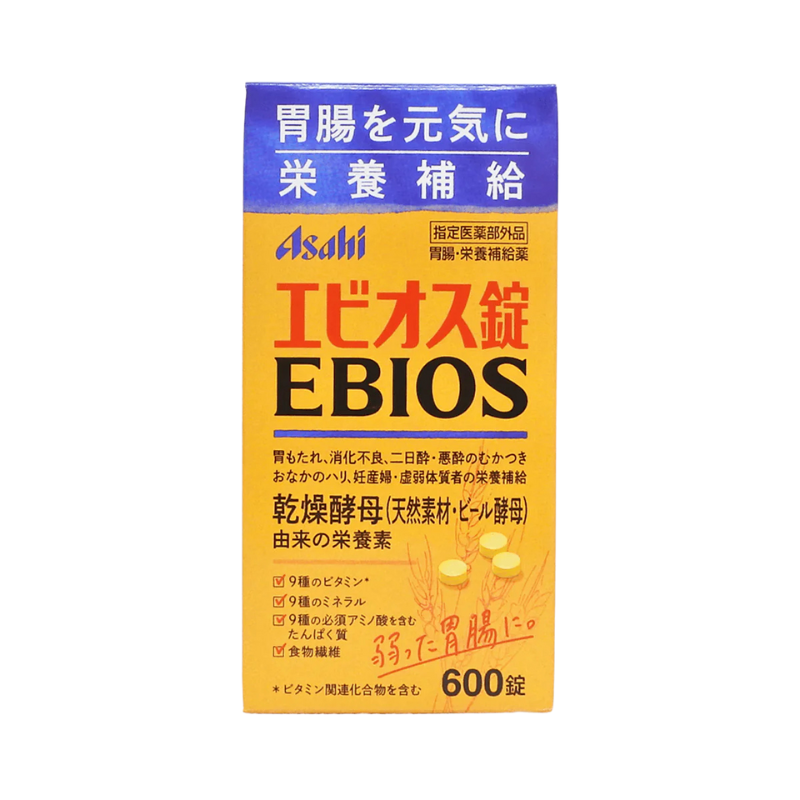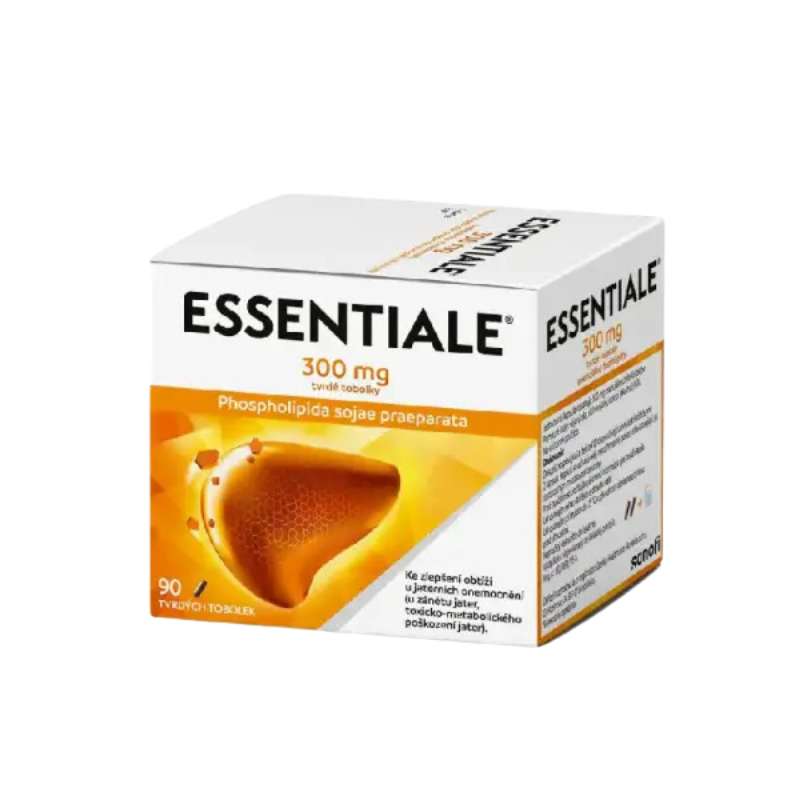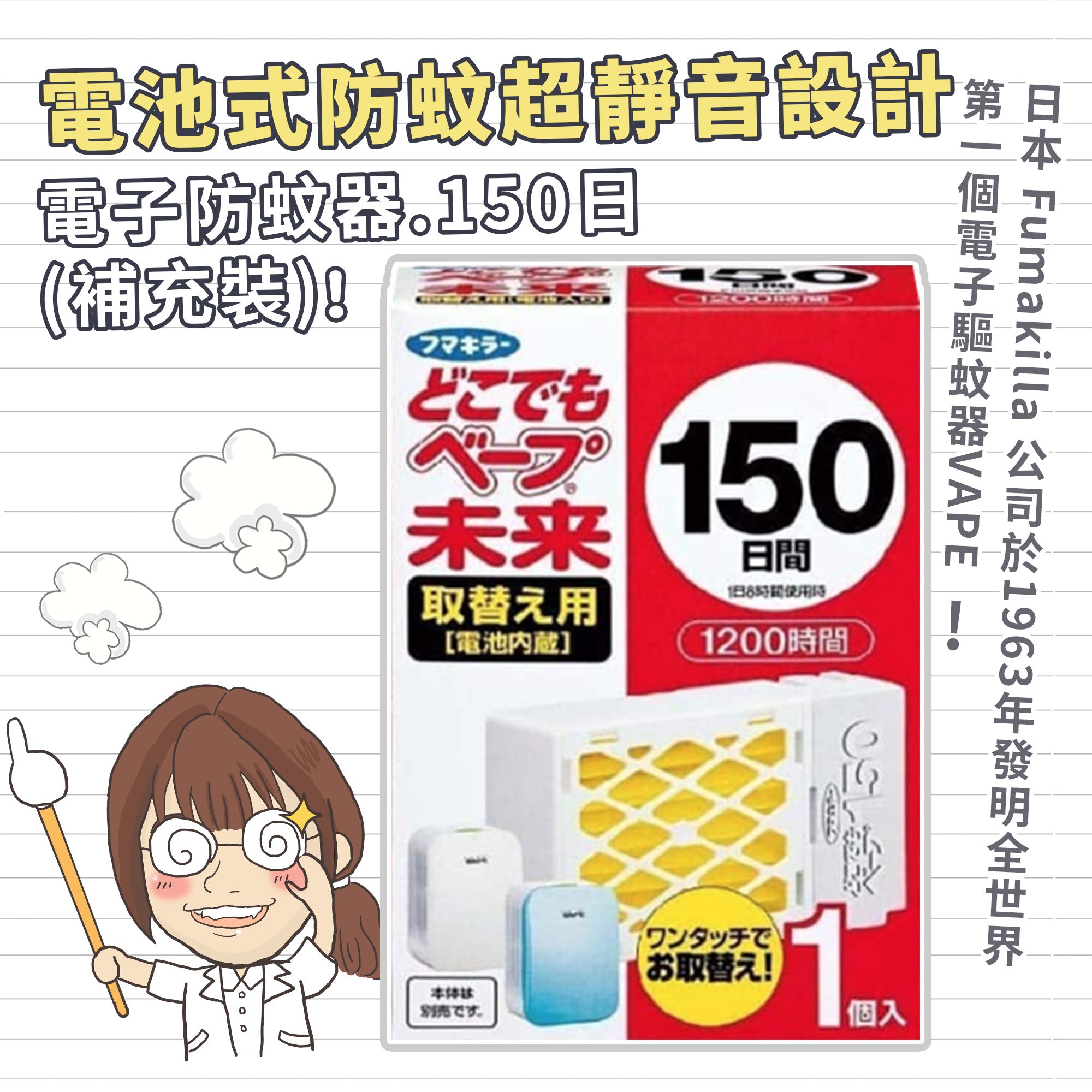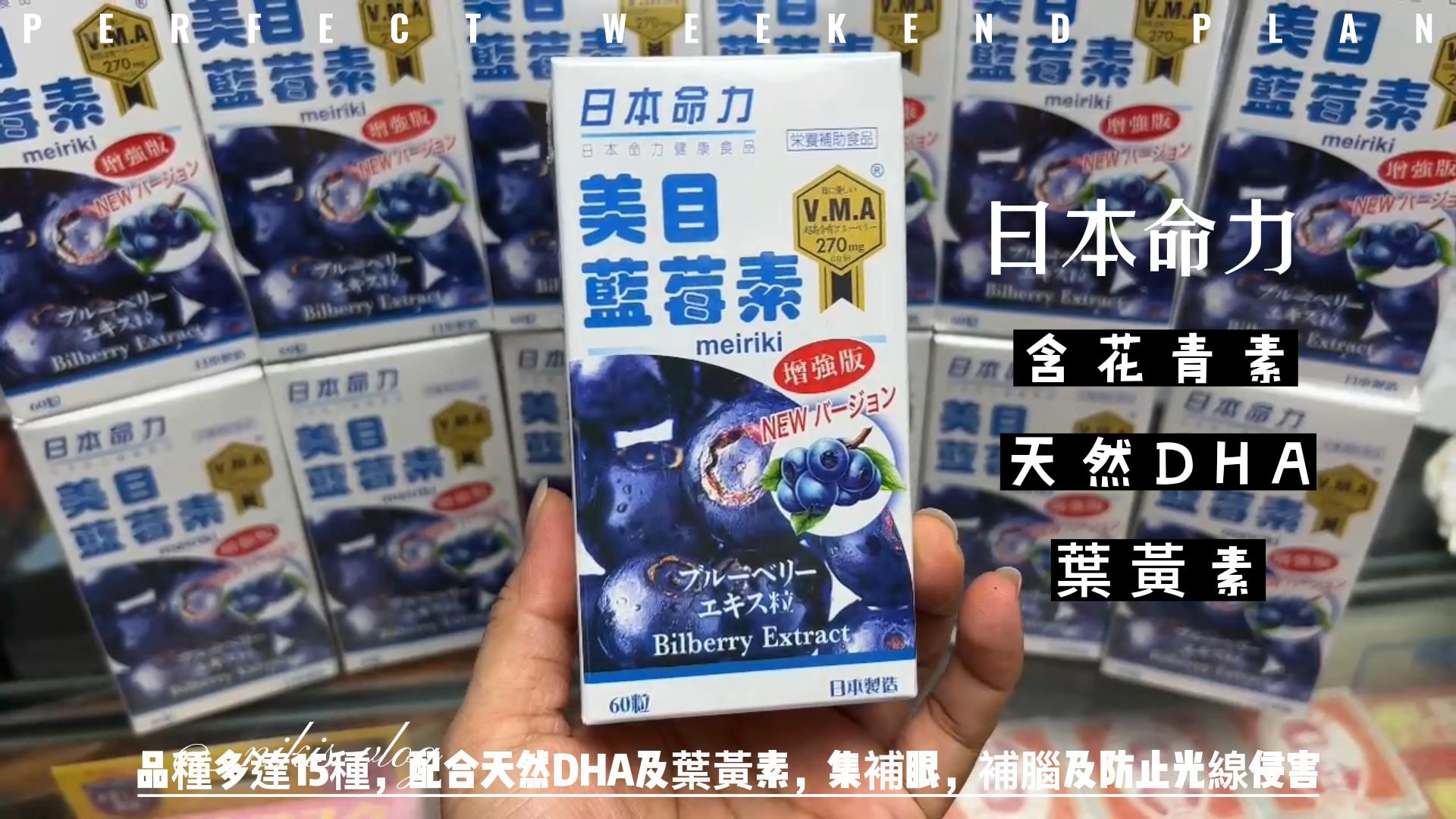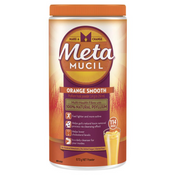Cosmetics production date query
Do you have trouble finding the expiration date of cosmetics or perfumes, etc.?
Today I want to introduce a very useful website
Cosmetic Calculator
You can use the mobile or computer version
Today I will show you how to use the mobile version
As for the computer version, it’s also very simple.
Just open the position on the left hand side and pull down to enter.

Why do Japanese cosmetics have no production date and shelf life?
Original title: Why do Japanese cosmetics have no production date and shelf life? In Japan, almost all cosmetics are not clearly marked with production date and warranty.
Original title: Why do Japanese cosmetics have no production date and shelf life?
In Japan, almost all cosmetics are not clearly marked with the production date and shelf life. Of course, there are exceptions. FANCL, which claims to be additive-free, will have a clear production date or shelf life marked on it.
First, we need to understand the characteristics of Japanese local products:
1. According to Japanese regulations, the packaging does not have Chinese instructions, production date and shelf life (except for some brands and products), but has a production batch number.
2. No Chinese labels and duty payment standards (CIQ)
3. In Japan, merchants will change product packaging from time to time according to the situation.
The state has national laws, and every family has family rules.
Japanese products have such arrogant regulations
No production date and shelf life required
Merchants only need to identify the production batch number.
The corresponding production date can be found for each production batch number.
So
What is the reason for doing this?
A. How to check the production date in Japan?
The first number is the year (8 means 18 years, 5 means 15 years, and so on), and the following numbers are the month or date .
1. Japanese production dates are rare. The production batch numbers are usually listed, so the dates will be messed up. The numbers at the end of some production batch numbers are also used to indicate the day of production in the year rather than in date order. Code.

B. How to check the production date of Japanese products?
The first number is the year (8 is 18 years, 5 is 15 years, etc.), and the following numbers are the month or date .
1. Japanese production dates are rare. The production batch numbers are usually listed, so the dates will be messed up. The numbers at the end of some production batch numbers are also used to indicate the day of production in the year rather than in date order. Code.

C. How to check the shelf life of Japanese cosmetics
On the bottom of the bottle of the product, there is a cosmetic box that looks like an opened bottle, with the word ~ indicating the shelf life after opening. M refers to month, 12M refers to 12 months, and so on.
The production date and shelf life of cosmetics produced in Japan will be marked on the bottom of the product bottle. Some are three years or five years. For example, the production date marked is L302, and the second digit 3 represents the last digit of the year. The first letter in the alphabetical order from A to L indicates the months from January to December respectively, and the last two digits indicate the production serial number, so it indicates that this was produced in December 2013. The shelf life is marked M.
(3)Extended reading on the validity period of Japanese products:
Shelf life of Japanese skin care products:
1. The shelf life of skin care products such as toners and makeup removers is generally about 6 months after opening.
2. The shelf life of essences is generally about one year after opening.
Shelf life of Japanese cosmetics:
1. Mascara and eyebrow tint for 6 to 9 months.
2. Sun protection and isolation for 6 months.
3. Perfume and nail polish for about a year.
4. Lipstick, lip gloss, and eye shadow for 1 to 2 years.
5. Blush and concealer for 1 to 2 years.
6. Pressed cake and loose powder for about two years.
7. Eyebrow pencil and eyeliner for about 3 years.
Note: The shelf life on the product shall prevail.
Look at the shelf life of French cosmetics:
For French brand cosmetics, the production date of the logo is MN3QB, where the first letter M is the year of the year and the second letter N is the month. The brand's cosmetics were produced from 2001 to 2010 using U, Z, J, Y, W, P, S, V, D, M meaning that the year calculation is based on this cycle analogy.
From January to December respectively, H, E, B, The production date is August 2010. This product is only marked with the production date and usually has a shelf life of three years, so the validity period of the above two products can be extended by three years.
D. How long is the validity period of Japanese products?
The type of product determines the validity period
E. Why do Japanese cosmetics have no shelf life? How to check their expiry date?
According to Article 61 of the Japanese Pharmaceutical Affairs Law, only "products that will deteriorate within 3 years under normal storage conditions" must be marked with a shelf life (see FANCL). If there is no label, it means that the product has a minimum shelf life of 3 years in unopened conditions.
How to check the production date of labeled cosmetics in Japan:
For example: How to query the production date of the HABA bottle marked "11VLCM"
The first two digits represent the production date: 11 = 11th
The first letter represents the year of production: H=2000 I=2001 J=2002 K=2003 L=2004 M=2005 N=2006 O=2007 P=2008 Q=2009 R=2010 S=2011 T=2012 U=2013 V=2014
The third letter represents the production month: A=January B=February C=March D=April E=May F=June G=July H=August I=September J=October K= November L=December
The production batch number in the photo above is: 11VLCM. The converted production date is December 11, 2014. The shelf life of Japanese cosmetics is generally 3 years, so it will expire on December 11, 2017 if it is not opened. Within three months if opened.

(5)Extended reading on the validity period of Japanese products:
Not marking the production date is actually an unspoken rule in the Japanese cosmetics industry. Not marking the production date means "as long as it is unopened, you can continue to use it even after the 3-year period."
If you want to know the shelf life of cosmetics, you can also find the string of numbers and letters printed on the product (package) and call the brand's consultation phone number. Most Japanese brands will tell you the production date of the product.
F. How to check the production date of Japanese products
The first number is the year, and the following numbers are the month or day.
1. Japanese production dates are rare. The production batch numbers are usually listed, so the dates will be messed up. The numbers at the end of some production batch numbers are also used to indicate the day of production in the year rather than in date order. Code.

G. What is the production date of items purchased in Japan?
The characters on these supplies are actually product batch numbers. The batch numbers are used to mark the production time, rather than the bytes spraying on the production date.
Distinguishing method:
The first digit represents the year. I actually don’t know how to calculate it here. A should be 17 years. Japan has very strict supervision on the shelf life of products. Specifically, the shelf life of unopened basic skin care products is generally three years and makeup is five years.
The second digit represents the month, sorted according to ABCD, A represents January and L represents December;
The third and fourth digits represent the date. The third and fourth digits are basically marked with numbers. For example, 2 0 represents the 20th;
The rest just represents product information and belongs to the manufacturer's product identification number. The production date is mostly used for domestic products, and most overseas products are based on batches. Therefore, you can often see in the news that there are abnormalities in a certain batch of a certain brand of products and large-scale recalls.
H. Japan production date
Japan does not print the shelf life, only the production batch number, but the production date can be reflected from the production batch number, and the expiration date can be calculated by adding the shelf life.
The general batch number is like this: the letter j represents the year 2006, and the number after the letter j represents the month.
For example, the batch number of the Japanese brand Kose has four codes, such as: l902
Then the first number 9 represents production in 1999 and the English letter l is the twelfth character in the alphabetic sequence.
It means it was manufactured in December and has a shelf life of three years, so the shelf life is until November 2002. If the batch number is c221, it was manufactured in March 2002, and the shelf life is until February 2005, and so on.
There is a difference in thinking between foreigners and us. The production date of imports is actually included in its production batch number.
I. What is the Japanese production date comparison table?
Take HABA skin care products as an example: For example, the bottle is marked 11VLCM.
The first two digits represent the production date: 11 = 11th
The first letter represents the year of production: H=2000, I=2001, J=2002, K=2003, L=2004, M=2005, N=2006, O=2007, P=2008, Q=2009, R= 2010, S=2011, T=2012, U=2013, V=2014
The third letter represents the production month: A=January, B=February, C=March, D=April, E=May, F=June, G=July, H=August, I= September, J=October, K=November, L=December
The production batch number in the photo above is: 11VLCM. The converted production date is December 11, 2014. The shelf life of Japanese cosmetics is generally 3 years, so it will expire on December 11, 2017 if it is not opened.
Within three months if opened.

(9)Extended reading on the validity period of Japanese products:
HABA check production date:
Production batch number: 21VECE
Production date is: May 21, 2014
Production batch number: 01PMLW
Production date: January 1, 2008
Production batch number: 05SQLR
Production date: May 5, 2011
CONTACTCONTACT
Company Name
LOK CHUN TRADING LIMITED
OPENING HOURS
Monday - Friday: 8 AM - 5 PM
Saturday: 10AM-3PM

We'd love to hear from you...
"Tai Haopi" LOK CHUN TRADING LIMITED #Online Wholesale/Order ▄▄▄▄▄▄▄ About Taihaopi▄▄▄▄▄▄▄▪️ Mainly engaged in wholesale. The prices of major pharmacies and wholesale companies in Hong Kong will have certain advantages. The goods are 100% guaranteed to be genuine.
▪️We also adhere to the concept of simple shopping, complete products, and quick delivery to fulfill our responsibilities
【Lecheng Pharmacy】 [Legowell Lifestyle Platform] Official website: https://legowellhk.hk
[Taihopai (Hong Kong)] Website: http://taihopai.shop
Hong Kong business address: Shop 14, G/F, Equity Building, Chun Yin Square, Yuen Long, New Territories, Hong KongShenzhen office address: 3rd Floor, Fuxin Court, No. 318, Fuhua Road, Gangxia Community, Futian Street, Futian District, Shenzhen
Guangzhou office address: Room 106, Tencent Maker Space, Haicheng East Street, Haizhu District, Guangzhou
Hong Kong: +852-65060077 Malaysia: +60-11-1570-7380
United States: +1-61-8372-9590 Mainland China: +86-155-0756-4555
